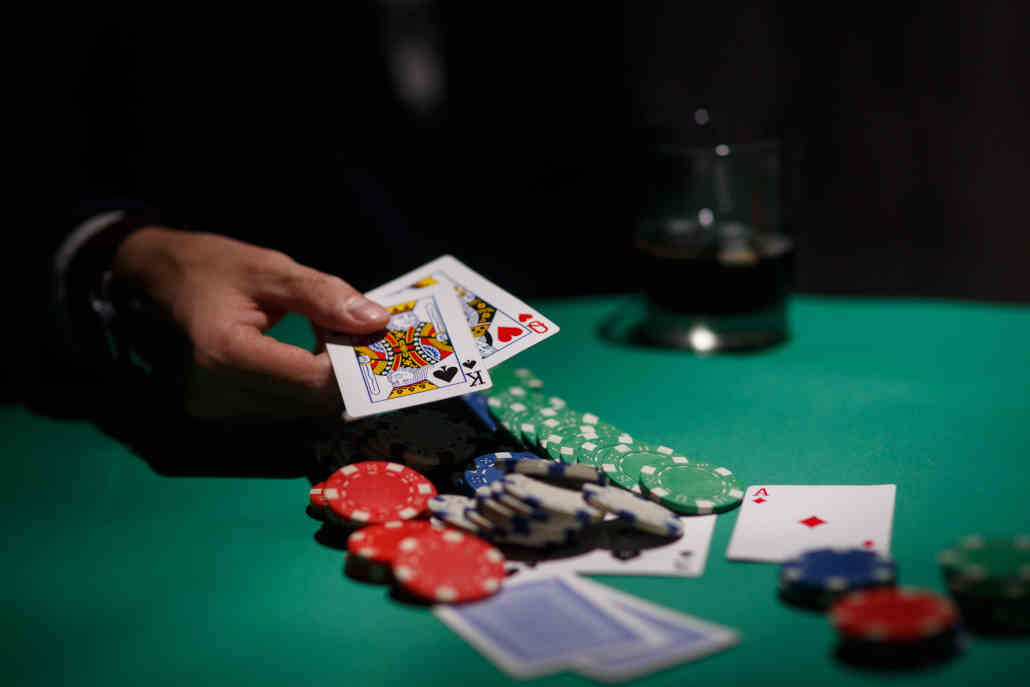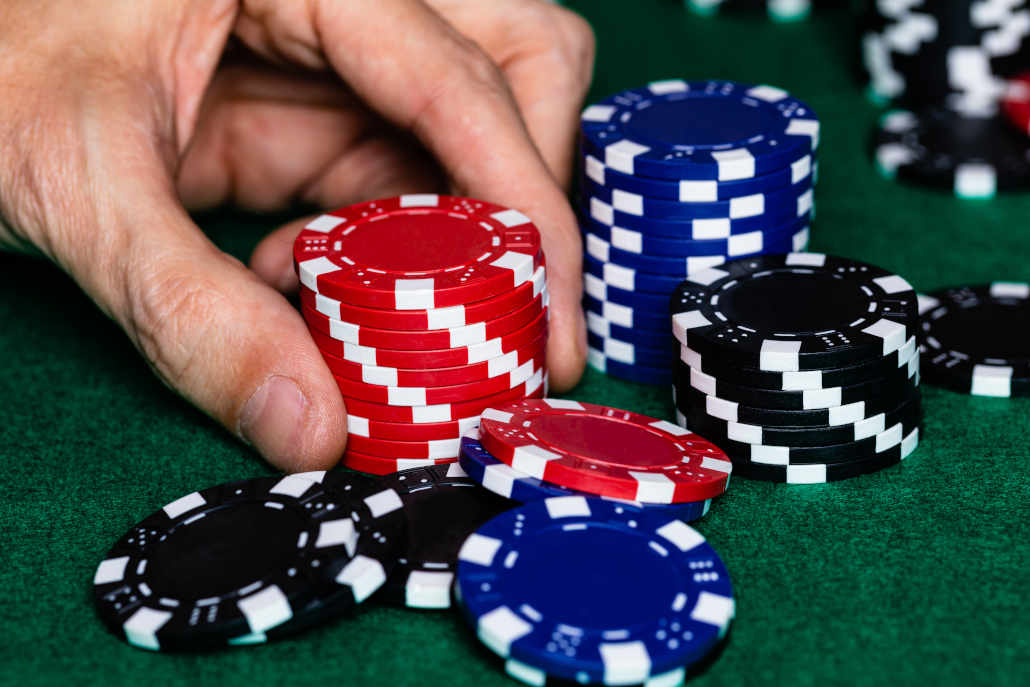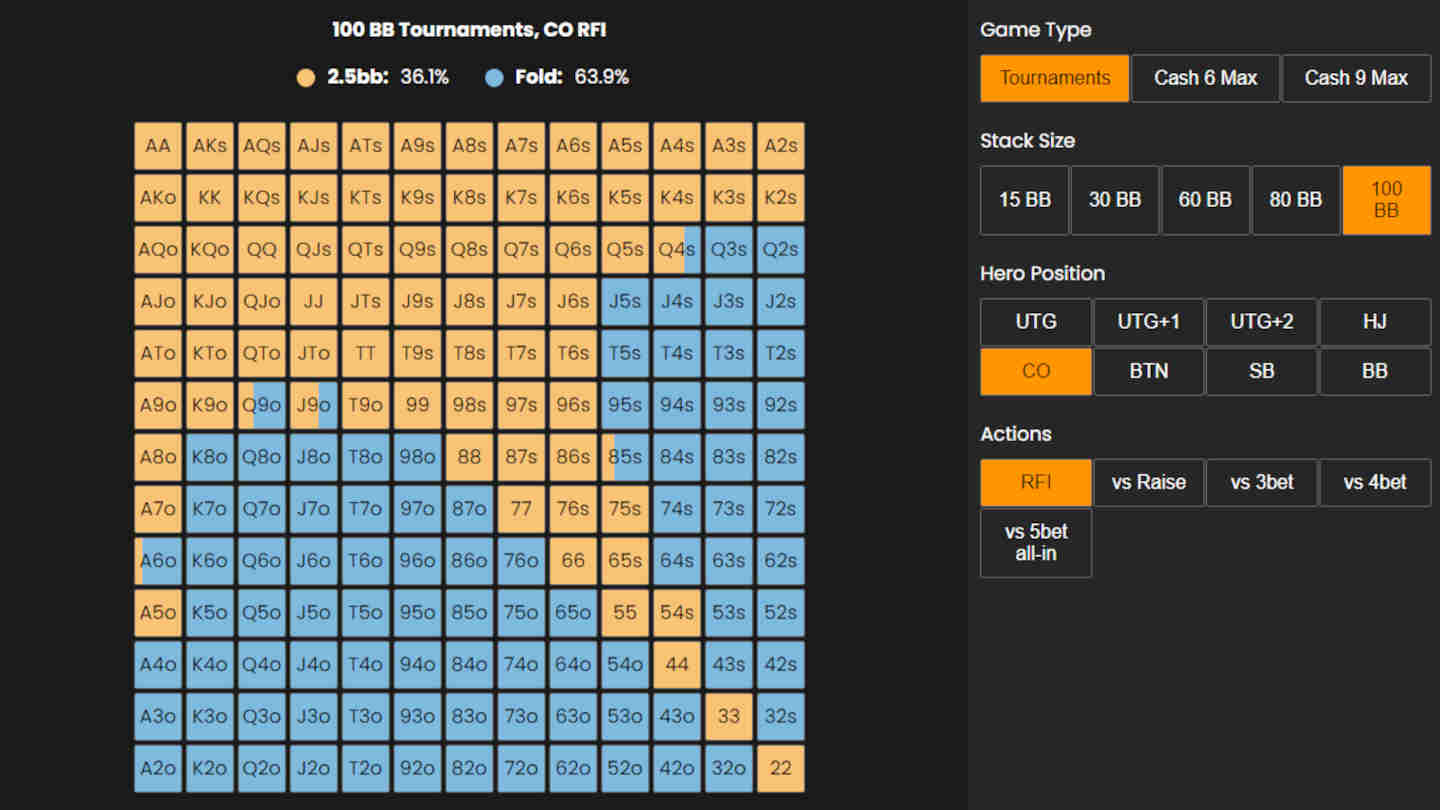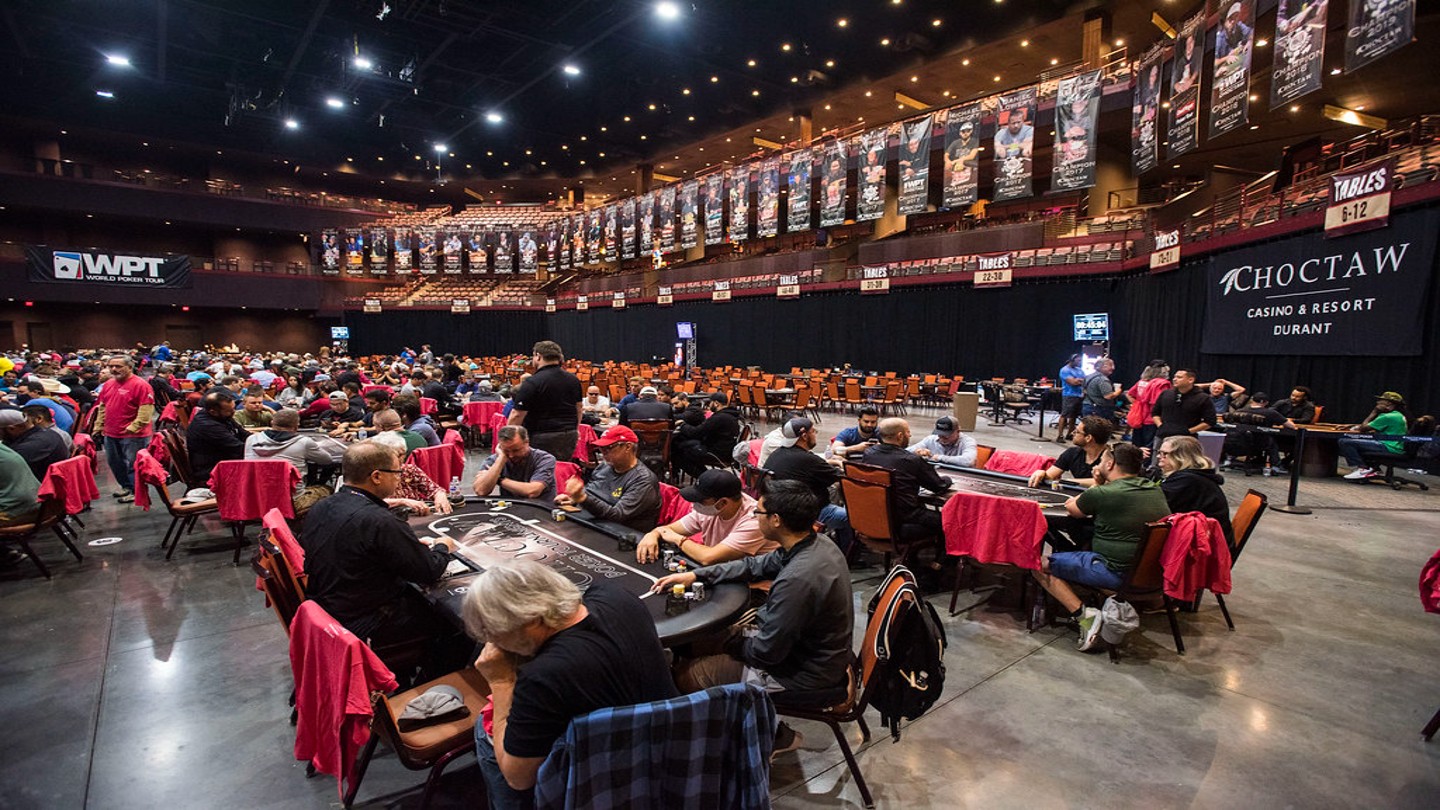Indian Poker Rules – How to Play This Strange Format

7 minutes
Last Updated: November 8, 2021
There are many different variations of poker. Yet, the one that is the most out of the box is Indian poker. The game is more commonly known as ‘Blind Man’s Bluff, and this is a much more suitable name for this type of poker.
In Indian poker, the players reveal their cards to each other by placing them on their foreheads. (Yes, you place the card on the front of your head.) The game’s twist is that the players will not see their cards but can see everyone else’s.
The players will then have to use this information and their best bluffing skills to win. This is why the Blind Man’s Bluff name is so fitting for this game.
Indian poker may sound complicated, but it is one of the simplest and more interactive poker games you may come across.
Like always, to win in this game, you must follow certain Indian poker rules. In this article, you’ll find everything you need to know to play and win your next round of Indian poker.
What Do You Need to Play Indian Poker?
You do not need much to play Indian poker. The main two requirements of a very simple game of Indian poker include a standard 52 deck of cards without any jokers and between three and seven players.
It is possible to play Indian poker with only two players, but more players at the table will make the game a little more interesting. More players will increase the stakes and make the game a little harder to win.
What can take this card on head game to another level is bringing in money or poker chips. By placing bets in Indian poker, the players tend to think more strategically, knowing there is a monetary incentive.
The version of Indian poker that we will be learning to play in this article includes bets being placed in the game.

Indian Poker Rules
Before learning how to play Indian poker, you will need to know the three basic rules of the game.
1. Players Can’t See Their Cards
Players must not see their card, but it must be visible to all of their opponents. This is the most important rule in Indian poker and also what makes this game fun. If a player breaks this rule, they will have to fold and leave the game.
2. Follow the Ranks of Cards
The ranks of cards in Indian poker are; A, K, Q, J, 10, 9, 8, 7, 6, 5, 4, 3, 2.
3. Play Clockwise
Indian poker is played clockwise, starting from the player who opens up the betting action. The player who opens the bet will place their bet and then announce their betting action, which the next player will follow.
Now that you know the basic Indian poker rules, it is time to learn how to play this strategic game that involves odds, probability, and even psychology.
How to Play Indian Poker?
Indian poker is the opposite of more commonly played poker games like Texas Holdem. Usually, poker games involve the player keeping their cards close to them and bluffing their opponents.
However, with Indian poker, the players have no idea which card they hold. On the other hand, their opponents know exactly which cards they have and vice versa—putting an interesting twist on a classic game.
Yet, it still follows the main component of all poker games, which is to use the art of bluffing to win.
The objective of an Indian poker game is to win the pot. The pot contains all the bets placed by the players of the game.
While the format of this game may sound complicated, it is very simple. Each Indian poker game starts with dealing cards, followed by players setting their betting actions and, finally, the showdown.
1. Dealing the Cards
The game starts with the players being dealt one card each. Remember, the number one rule of this game is that the players cannot see the card they hold.
To make sure that this happens, each player is dealt their card facing down. The players then pick up their cards, facing them away from their eyes, to ensure they do not take a peek at them.
The players will then hold their card up against their forehead, making it visible to all of their opponents. Once all the players have placed their cards on their foreheads, the betting stage of the game can begin.

2. Set Betting Actions
After viewing all of your opponent’s cards, you will have a better idea of the type of betting action that would be best for you to take. There are three types of betting actions in Indian poker:
- Call – you can choose to call, which means you will bet the same amount as the previous player. If none of the players calls in the round, then the uncalled player will win that round.
- Raise – you can choose to raise, i.e., increase the amount of the opening bet. This means all players will need to match this raised amount to stay in the game. When you raise, this usually means that you have a strong hand.
- Fold – you can choose to fold. This means that you will not put any amount of money in the pot. When you fold, you can simply state that you choose to fold and place your cards down. By folding, you give up any chance to win the pot and lose the money you have previously put into the pot.
The betting round will continue if all the players call, raise, or even re-raise the bet. Once every player folded or just called without raising the bet, the betting round will end. Once the betting round has ended, the showdown ensues.
3. Showdown
The showdown is where it all comes down to! This is the part of the game where the winner is determined.
If you played your cards right and made the correct strategic decisions during the betting round, you may have a good chance of becoming the winner, which means that you will win all the money in the pot.
Once the showdown round begins, only the players remaining in the game can play. Meaning the players who have not folded during the betting round will now reveal their cards.
The player with the highest-ranking card will become the winner, and they'll be awarded the pot.
If two players have the same card during the showdown, both will be considered winners, and they will split the pot.
Indian poker does not have a ranking of suits. In the instances where there is only one player left after the betting round, this player will win by default.
Indian Poker Strategy
A strategy that you can try using during a game of Indian poker is to try to convince your opponents to fold. If the majority of players fold, this will increase your chances of winning.
But how exactly can you get your opponents to fold? Well, try these Indian poker tips, which may help increase your chances of winning the pot.
- Practice your poker face. Having a good poker face is essential to winning a game of Indian poker.
- Practice your bluffing skills. Bluffing is another essential in Indian poker. You need to make sure your opponents believe what you want them to. So, your body language and even your voice can all be used to bring out the message you want to convey to your opponents.
- Read your opponents. Even though you may not know your card’s ranking, you can try to read your player's body language and expressions to try to determine your card's ranking.
Indian Poker Drinking Game
The drinking game of Indian poker is exactly like regular Indian poker, only with a bit of twist. The player with the lowest ranking card will take a shot during the showdown round.
While this adds a fun aspect to the game, it can also make the game a little harder, especially if the players choose to play a few rounds in a row.

This is because the player with the lowest ranking card who has to take a shot each time will have a harder time winning the next round.
Indian poker does require a good amount of strategic thinking, as well as a good poker face, which can be a little bit more difficult to manage after a few drinks. Yet this may be a fun variation of the game to try out.
Learning How to Play Indian Poker – Summary
Indian poker may seem like a simple game with a silly interactive component, but it involves a lot of strategic thinking and bluffing.
After going over the game’s requirements and rules, the game’s objective is to win the pot without seeing your cards. This is the opposite of almost all poker games making this a fun game when you want to try something new.
This strategic game requires a lot of bluffing and having a good poker face to increase your chance of winning. So it would be a good idea to practice these skills, which you’ll find helpful in all poker variations.
From the dealing of cards, over-betting actions, to the showdown, Indian poker is not a challenging game to learn. So if you find regular poker to be too complicated, Indian poker may be for you.
All you need to do is follow our simple instructions, and you will be good to go. You may even win your first round of Indian poker. Good luck!


















